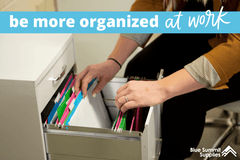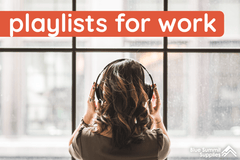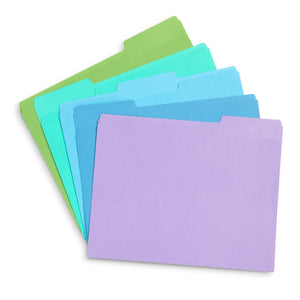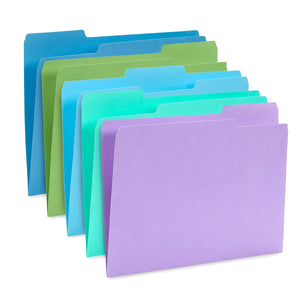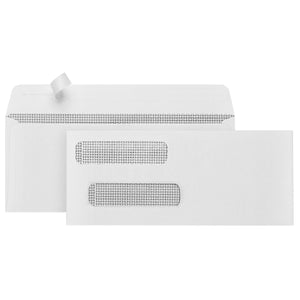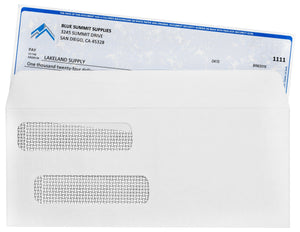With the rise of collaborative, open concept office spaces and work from home and hybrid work options, the traditional office layout isn’t as effective as it used to be. Enter the hot desk. Hot desking and hoteling are two space sharing practices modern offices can adopt to save on real estate costs and account for the changing ways we work. But what are hot desks? What is office hoteling?
In this post, we break down hot desking and hoteling, as well as how to run both effectively.
What is Hot Desking?
So, let’s start with what does hot desking mean? Hot desking is a space sharing practice that allows employees to choose whatever desk or workspace is available. Instead of having an assigned desk or workspace, employees can choose to sit wherever there is available space when they arrive at work.
Hot desking is particularly effective for hybrid workspaces in which employees divide their work time between the home and the office. If an employee is spending half of their working hours outside of the office, they probably don’t need a desk at work that’s exclusively their own.
You may also consider hot desking if you can only have a certain number of employees working in the office at a time, such as during the height of COVID-19 or for financial reasons. Since real estate costs are a major drain on your company’s bottom line, reworking the layout of your office may result in some substantial savings.

What is Hoteling?
Now that we’ve defined hot desking, what is hoteling office space? Hoteling, also known as desk hoteling or office hoteling, is a similar concept to hot desking. It’s another space sharing practice, but instead of picking a desk when you arrive at work, an employee can reserve a specific desk or office space for longer durations of time, such as for a few days or up to a month, via a service or booking app—similar to booking a hotel room.
Desk hoteling and hot desks are quite similar, but hoteling is a more organized and static version of hot desking. If you prefer privacy and like to work in the same space every day, hoteling is the better option. You don’t want to show up to work only to find you have nowhere to sit, which is something that could happen if your office promotes hot desking.
Both practices involve reworking your office floor plan into an open office layout, which encourages collaboration and teamwork, and both save your business money on real estate costs.
How to Run Shared Workspaces Effectively

Set a Transparent Hot Desk Policy
The first and most important step to running a shared workspace is to have an office hot desk policy. What are the rules and processes around using these desks or work areas?
What is the hot desk arrangement? Is it on a first come, first served basis, or is there a more regimented booking system in place for “hoteling” a workspace or office in advance? Do you have any restrictions on when or how long someone can book a workspace? How far in advance can someone book a workspace?
If you’re going the hot desk route, what happens if more people arrive at work than you have desks available? What happens if someone leaves their stuff on a shared work desk but isn’t there to use the desk?
In addition to being clear about how the desks are managed, provide best practices for sharing these spaces with the whole team. All employees should be respectful of noise in shared workspaces. If you no longer need the desk, clear your stuff and ensure the area is clean before you leave.

Make Cleaning Easy
Keeping a workspace clean is important for all offices, no matter the layout. But with hot desks, cleaning responsibilities can become unclear, and no one wants to clean up someone else’s mess when they arrive at work.
Who is responsible for what? How much cleaning is necessary after each desk is used? How often is the space sanitized? When does the space get a deep clean?
Your hot desk policies must include clear guidelines and best practices. The whole team should understand the importance of keeping the workplace clean as well as their own role in ensuring that happens.
7 Office Spring Cleaning Ideas (Plus Yearly, Monthly, and Weekly Cleaning Checklists)
Invest in cleaning supplies and have them readily available to make it as easy as possible for the team to keep the shared workspace clean. Depending on the size of your team and the number of people you have coming in and out of your office, you may want to invest in a daily, weekly, or biweekly cleaning service. While this is definitely a big expense, it keeps your team focused on their own work as opposed to using their paid hours for cleaning.

Blue Summit Supplies carries a number of individual and bulk cleaning supplies. Simply add them to your regular office supply order.

Provide Space for People’s Things
One of the main downsides of hot desks is that each individual does not have a designated place to keep their things. When you have your own office or desk, you have a private place to keep some files, a notebook, stationery, snacks, a jacket, and anything else you might need at work.
It can be quite inconvenient to bring all of these extra things back and forth to work with you. To help your team adapt to a shared workspace, ensure you also provide a safe space for them to keep their things. This could be a designated shelf, lockers, or bins where each employee is able to store a few belongings they want to keep at work.
Check with your team to see what they prefer and how much space is ideal. What items can be shared, such as staplers, scissors, and hole punches, to lessen the amount of stuff each employee needs to keep at work? Keeping the office well stocked with office supplies will cut down on what each person needs to store or bring to and from work.
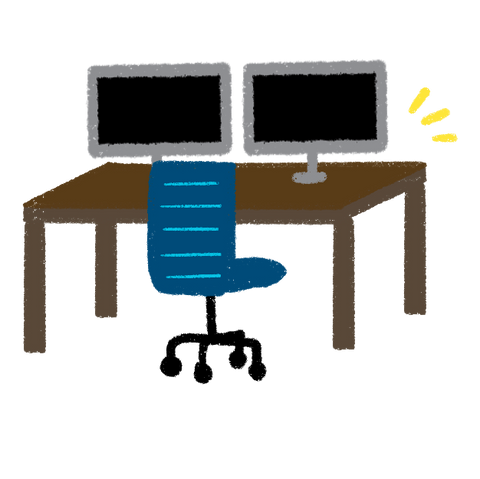
Provide Workspace Variety
Everyone has different preferences when it comes to workspaces. To accommodate as many people as possible, set up a variety of different workstations so that people have options.
You might choose to have a combination of regular desks and standing desks as well as some private workspaces. Having a few areas with a closed door that anyone can use is beneficial if anyone needs to take a call, has a short meeting, or needs a few minutes of deep focus.
🤔 Standing Desk vs. Chair: Which Is Better?
If you’re not sure what type of workspaces your team prefers, just ask. You don’t want to invest in a bunch of workstations no one will use. The sooner you find out how your team prefers to work, the better.

Seek Feedback and Improve Your Space/Processes
Your team holds all the answers when it comes to how to set up your workspace since they’re the ones who will actually be using it. Be sure to seek their feedback and check in frequently.
What’s working? What isn’t working? Are there too many workstations? Do many go unused throughout the day? Are there times when teammates aren’t able to find a place to work because all the workstations are being used? Are there too many standing desks? Are there too few standing desks? Does your team find the space a productive place to work?
If you find the team is struggling to share the space, you may need to implement more of a hoteling model in which everyone must book the desk they want to use for a specific amount of time.
Continue to adapt the space and your processes based on the feedback you receive from your team. It’s in your best interest that everyone feels comfortable and motivated in the workplace.
More From Blue Summit Supplies
💡 Offsite Retreat Ideas: Meeting Facilitators, City Exploration, Virtual Reality, & More
💡 The Best Break Room Snacks and Office Snack Delivery
💡 Workplace DIY Hand Washing Station (With Printable Restroom Signs)
We’re passionate about helping teams work better together. Follow our office supplies blog for the latest trends, work strategies, product comparisons, and more.
If you have any questions or want to talk to someone about office supplies, send us an email or connect with us on Twitter, Facebook, or Instagram.
 For more informative articles about office supplies, subscribe to our email newsletter!
For more informative articles about office supplies, subscribe to our email newsletter!
Never fear, you won't begin receiving daily sales emails that belong in a spam folder. Instead, we promise a fun weekly roundup of our latest blog posts and great finds from across the web. And if you lose interest, it's always easy to unsubscribe with a single click.





